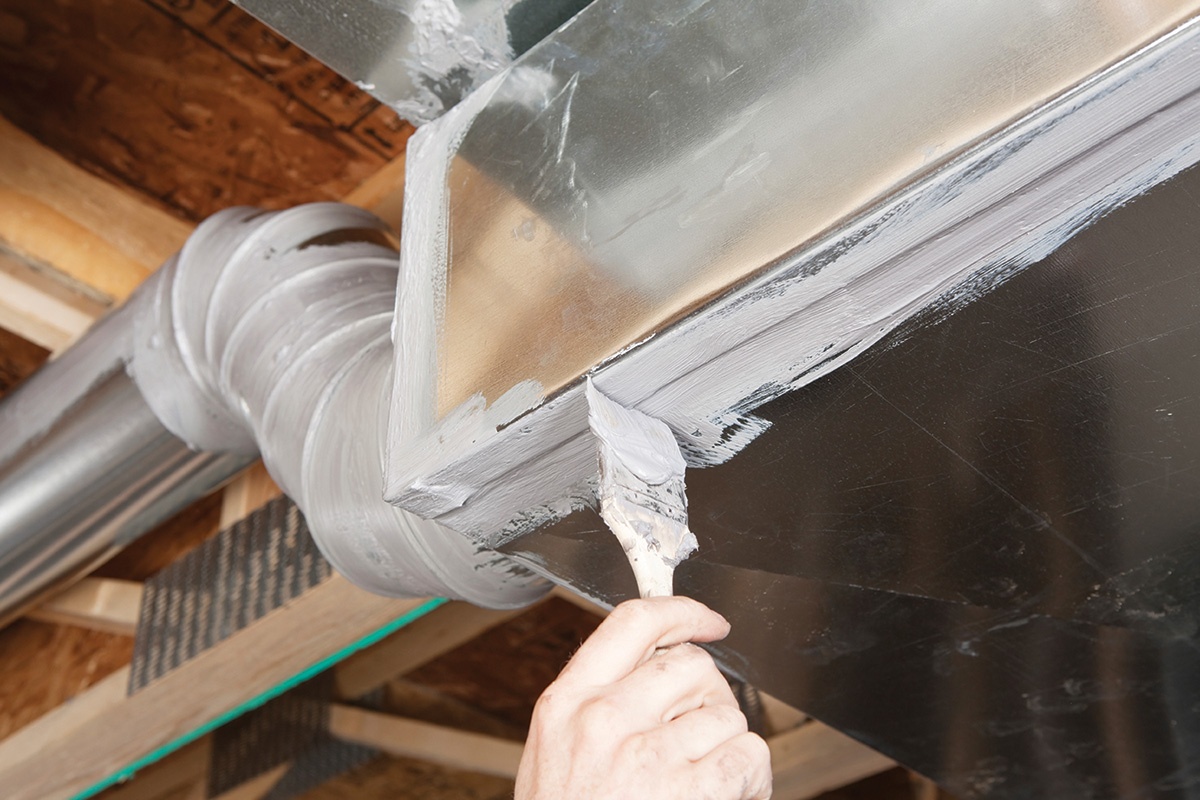Got cabin fever this winter? Spend some time making your home more energy efficient—and start saving for your summer vacation!
You can trim your electric bill all year long by taking a few simple steps throughout the year. Here’s a list of your electric cooperative’s recommendations for year-round energy and money savings:
January: Lowering your thermostat just a few degrees during winter months can save as much as $85 per year. Bundle up and save! Programmable thermostats make it easy by offering preprogrammed settings to regulate a home’s temperature throughout the year.
February: Adjust your water heater. Turning down the temperature gauge to 120 degrees can heat up your savings. Insulation around the tank also can help your water heater work more efficiently.
March: Stop air from escaping your home and money from escaping your wallet. Head down to your home’s basement and seal those leaky ducts.
April: A little caulk can go a long way. Air leaks in your home add up. Caulking cracks and openings to the outside could save more than $200 per year.
May: Make sure your refrigerator is on your spring cleaning to-do list. Throw out expired items; clean the refrigerator inside and out; and check the temperature gauge. For maximum operating efficiency, a refrigerator’s temperature should be between 37 and 40 degrees.
June: When was the last time you changed your furnace and air-conditioner filter? Replacing HVAC filters regularly can have a big impact on a home’s energy use. Dirty filters can restrict airflow and reduce the overall efficiency of your cooling system, forcing it to work harder on hot summer days.
July: During summer months, your home’s cooling costs can skyrocket right along with the temperature outside. Keeping your thermostat set between 78 and 80 degrees can save up to 8 percent on monthly cooling bills.
August: Heading out of town on vacation? Be sure to unplug all of your electronic devices, including computers, monitors, printers, TVs, cable boxes, DVD players and microwaves. Electronics with digital displays and instant-on features consume energy even when they’re not in use.
September: Be a “fan-atic.” Although it doesn’t replace an air conditioner or a heat pump, a fan moves the air so everyone feels more comfortable. On a milder day, a fan is a much more energy-efficient choice than cranking up the air conditioning. Fans cool people, not rooms, so turn them off when you leave.
October: Get ready for winter by insulating your attic. Adding 9 or more inches of insulation could save you more than $150 a year.
November: As the weather cools down, pull up your window shades during the day. Keeping blinds open during cold weather lets in heat from the sunlight, reducing the need to turn up your home’s thermostat.
December: Put a new Energy Star appliance at the top of your Christmas wish list. Upgrading appliances such as washing machines to Energy Star-rated models can save up to $140 per year.


